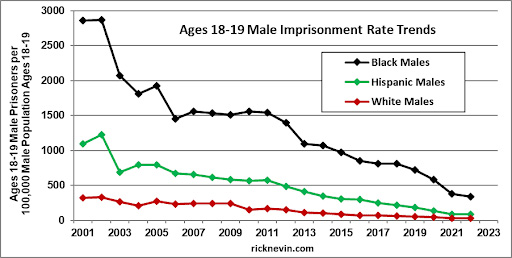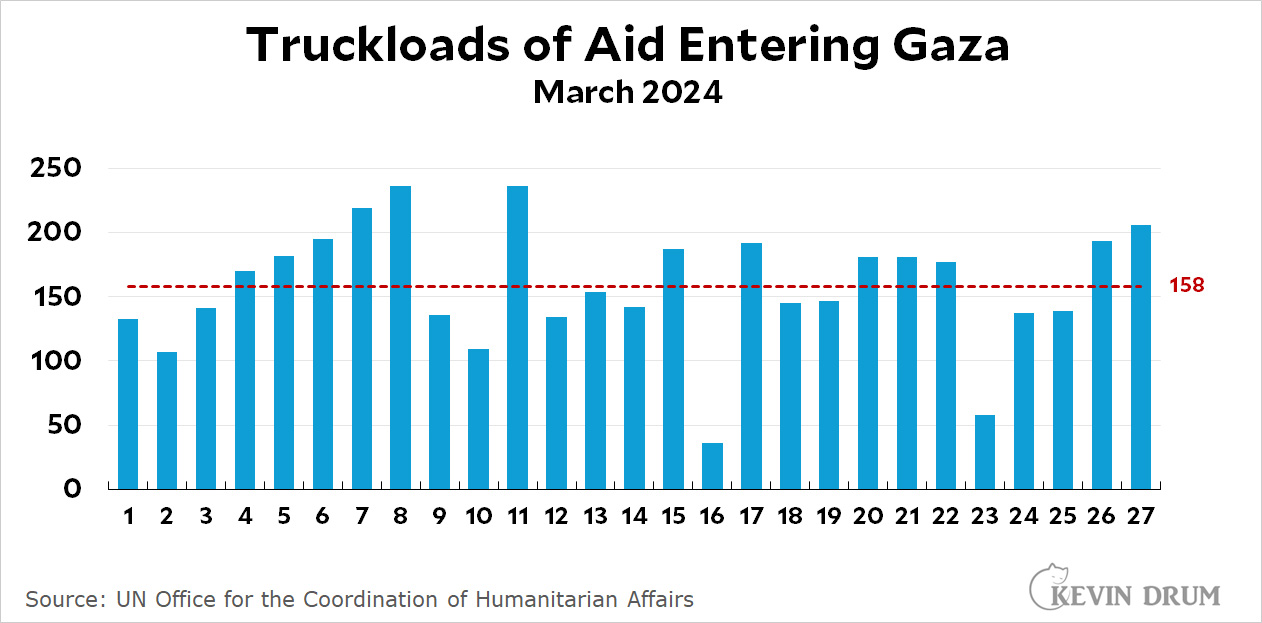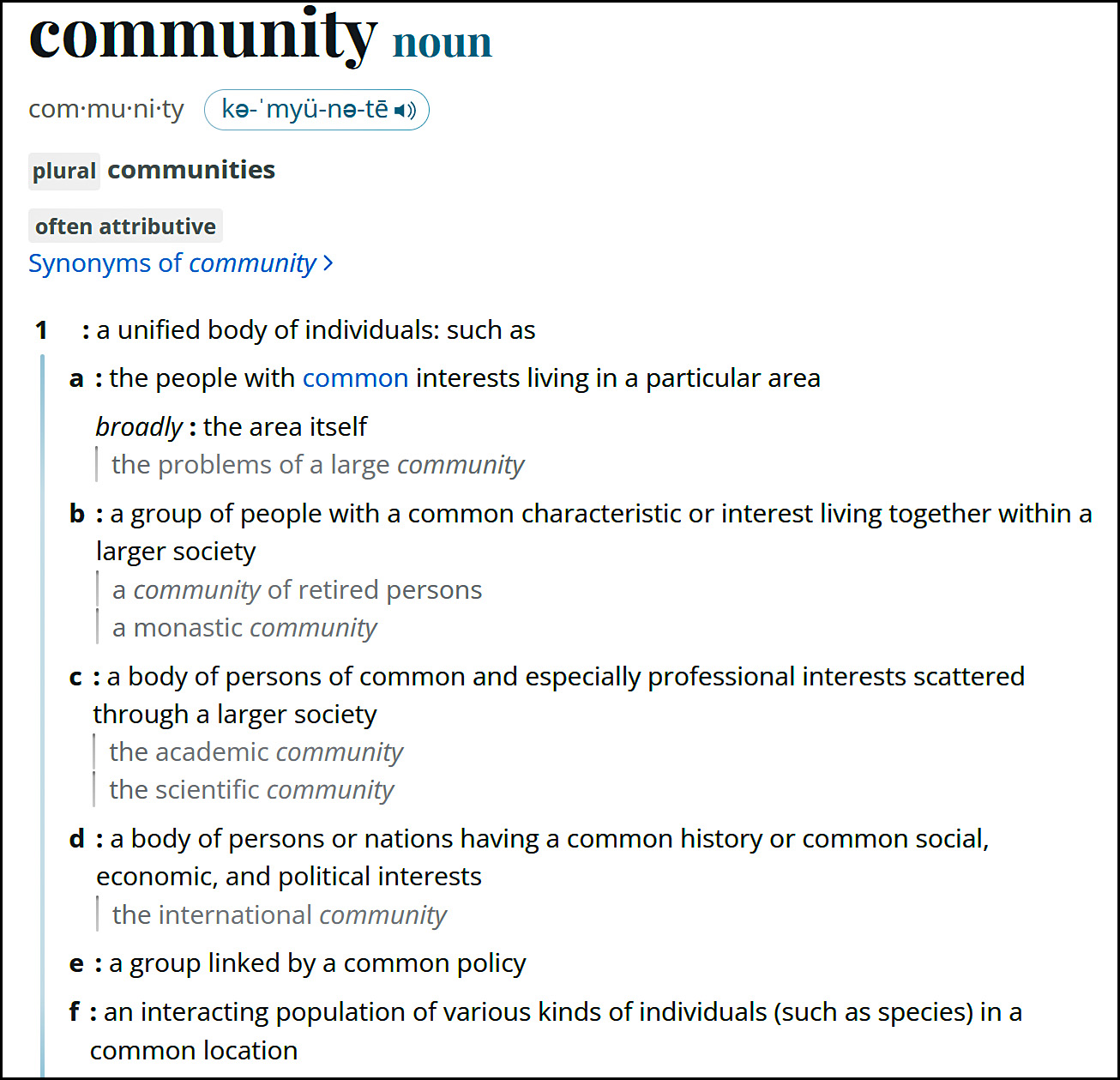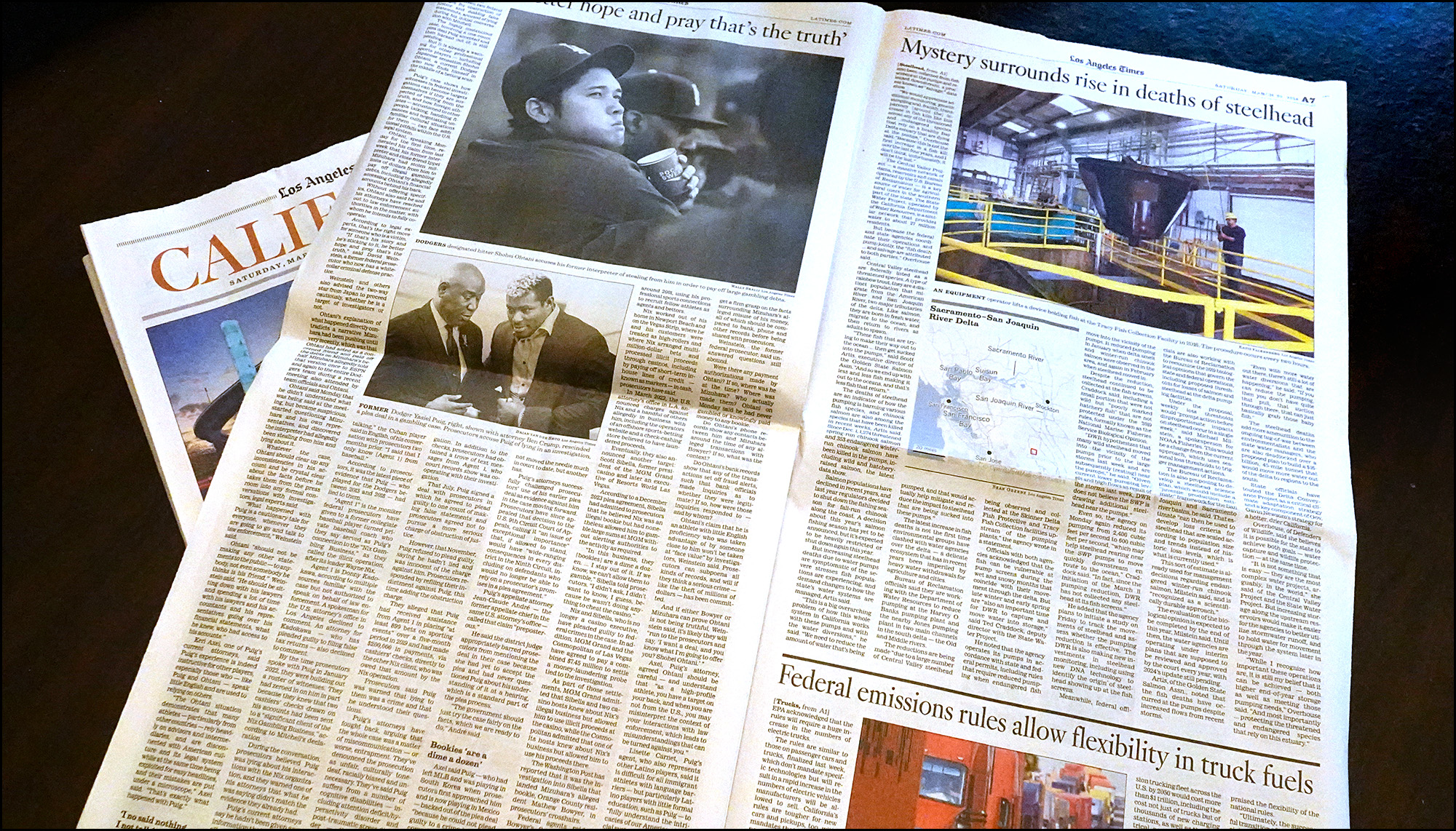Why does Easter move around? The short answer is that the Bible suggests Jesus was resurrected on the third day after Passover, and since Passover moves around, so does Easter.
Slightly longer answer: In 325 AD, the Council of Nicaea decided that the leap months in the Hebrew calendar made it unreliable, so they decreed a new calculation that placed Easter at the same general time but without any reference to Passover: the first full moon of spring. Christians had already decided Easter should be on Sunday, which gives us the modern dating: Easter falls on the first Sunday after the first full moon after the vernal equinox.
Fine. But still: why? Wouldn't it make more sense to calculate the date of Passover in the year of the crucifixion, add two days, and then use that going forward? This date is a matter of disputation, but surely some ancient council could have ordered a scholarly investigation and then just decreed something? April 5th seems most likely, and if you insist on Sunday it would be the first Sunday on or after April 5. Easter would still move around a bit, but no more than a holiday affected by the Monday Holiday Bill.
I'm unable to find an explanation for this historical oddity. And odd it is, since calculating the date of Easter and proclaiming it throughout the Roman Empire every year was a real problem for the early church. A fixed date would have saved everyone a lot of trouble.
The origins of the Easter Bunny and Easter eggs are similarly fuzzy. Eggs are part of the Seder plate in Jewish tradition, and the early Christian church may have adopted them thanks to the link between Passover and the resurrection. Alternatively, they originated for unknown reasons in the Middle East and then migrated to Europe. Then again, it might be only that eggs are a sign of spring and fertility and became associated with Easter that way. There's also a theory that they became associated with Easter because they were forbidden during Lent. Take your pick.
The bunny came later. Back in the Dark Ages the Saxons worshipped a fertility goddess named Eostre and called April Eosturmonath. Linguistically, this is where the English word Easter originates. Eoster may have been symbolized by a hare, which then became associated with Easter itself. Or maybe not. In any case, by the Renaissance German Lutherans had adopted a story told to children that the hare laid the eggs, and a nest was needed for them. Thus was born the Easter basket filled with nesting material and colorful eggs. Over time the hare became a rabbit and that's where we are today.







